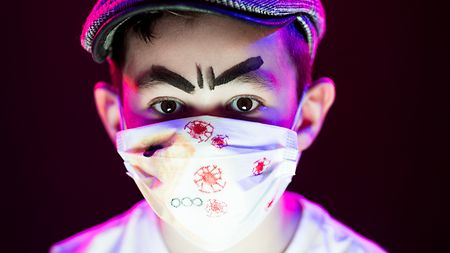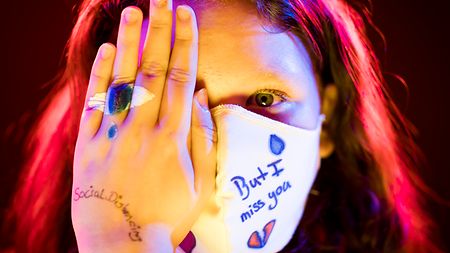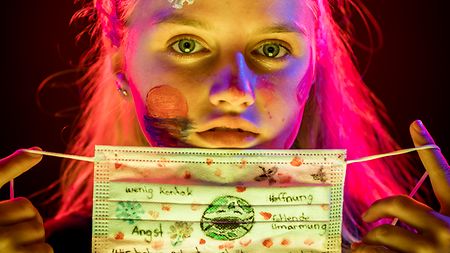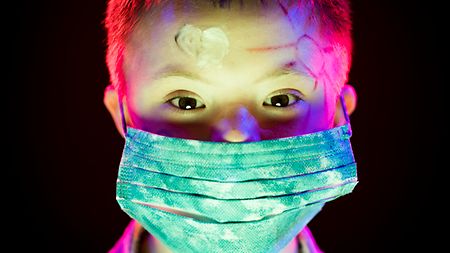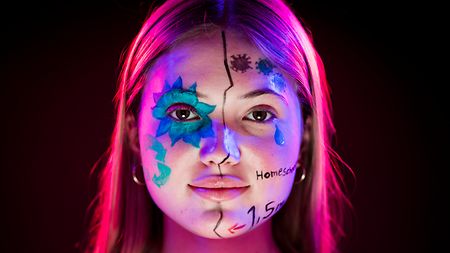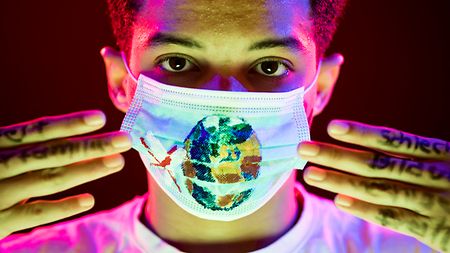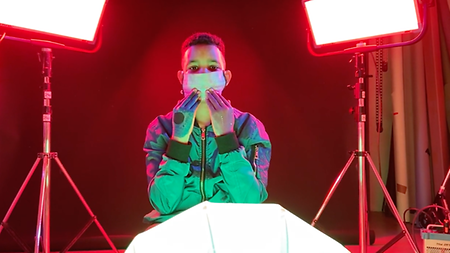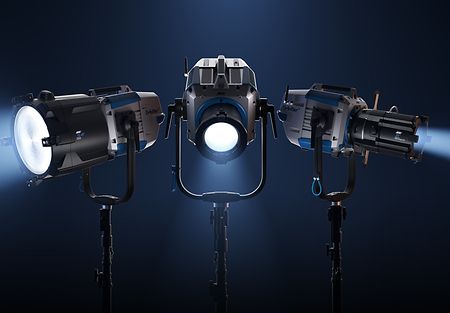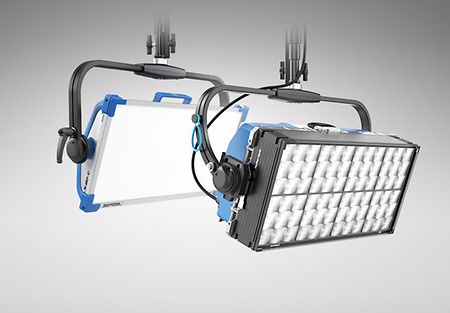The coronavirus disease COVID-19 and the worldwide pandemic that has ensued worldwide because of it, have been ever-present topics for most of 2020. Our lives and the lives of our children have been greatly affected. Many people are wondering how the younger members of our society are coping with this very unique moment in history. What are their feelings, experiences, and insights surrounding the coronavirus?
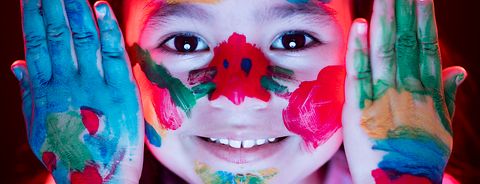
ARRI Orbiter shines the light on still life photography
Photographer Thomas Kierok chooses ARRI Orbiter and SkyPanels to illuminate his timely project “Corona Art Kids” which highlights the impact of the corona pandemic on children.
